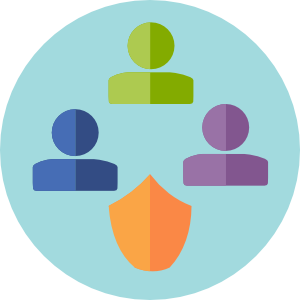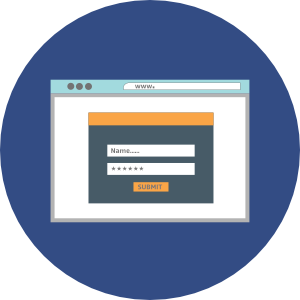Licensing and Implementation Guide
Ready to create a database and dashboard for your innovation and entrepreneurship campus network? Follow these steps to get started.
1. Negotiate a license with UNC-Chapel Hill
Contact the following people, who will help you start the process:
Peter Liao, commercialization manager
peter.liao@unc.edu
919.843.5028
Cindy Reifsnider, Innovate Carolina Startups Database administrator
reifsnider@unc.edu
919.843.3323
2. Set up a Salesforce database via a trial
● Ask your university’s project manager to visit the Salesforce website to start a free trial. Your project manager should initiate the trial so that you are the owner and primary contact with Salesforce for your database.
● Give your database a name. This is only for your paperwork with Salesforce and will not be displayed to users. Recommended: University name [or Innovation program name] Startups Database.
● Choose the HEDA template (Higher Education Data Architecture) in your Salesforce instance. Then, choose the “Salesforce Classic” view (rather than Lightning).
● Add Innovate Carolina staff as administrators in your database.
3. Subscribe to and install additional software
Make sure you have the following pieces of technology in place:
● FormAssembly: an add-on app to Salesforce. This is a platform for online form creation and data management into and out of the Salesforce database.
● Website: A site for hosting the I&E dashboard. We recommend WordPress.

4. Complete and information audit of your campus Innovation and Entrepreneurship network
Start the customer discovery process with the Innovate Carolina team. We’ll work with your project team lead and key stakeholders to uncover your specific needs, specifications, and customizations. Customer discovery includes one-on-one discussions and consultation about:
● Program structure. An evaluation of your innovation and entrepreneurship programs:
– Mission
– Structure of programs
– Audiences served by each program (faculty, students, staff)
● Interconnectivity. How your programs coordinate as a network.
● Services offered. Understanding key services provided, including:
– IP Protection
– Education
– Funding
– Staffing
– Program administrator/manager/director
● How to get buy-in for this project. Understand what it will take for this project to move forward.
● Record-keeping methodologies and reporting responsibilities of each program. A review of existing records that can be used for this project and unmet needs.
● The application process for each program. Key question: Do you want this to be the portal for programs to apply to and enter the ecosystem? This has the biggest influence on estimating time/effort.
● User/management strategy. Do you want only your office staff to manage and be users in the database? Or will other program managers at your university also have access?
● Data types and security (risk assessment). This will influence your purchasing department requirements.

5. Apply the results of an information audit
Use the results of your information audit to determine:
● The number of users for your database.
● Roles and profiles to be implemented for data governance hierarchy and security.
● The programs for initial implementation, the forms needed for each program application and other information.

6. Implement the database structure to meet your needs
Put the database and dashboard into action:
● Make design tweaks and customizations for program names and services
● Set up users, roles, and profiles
● Implement the database structure: custom fields, custom objects, page layouts
● Create forms (FormAssembly) and connect to the database
● Perform testing
● Create report templates
● Set up the dashboard
● Finalize the documentation (customization and cleanup)
● Train your users

 | UNC-CH
| UNC-CH